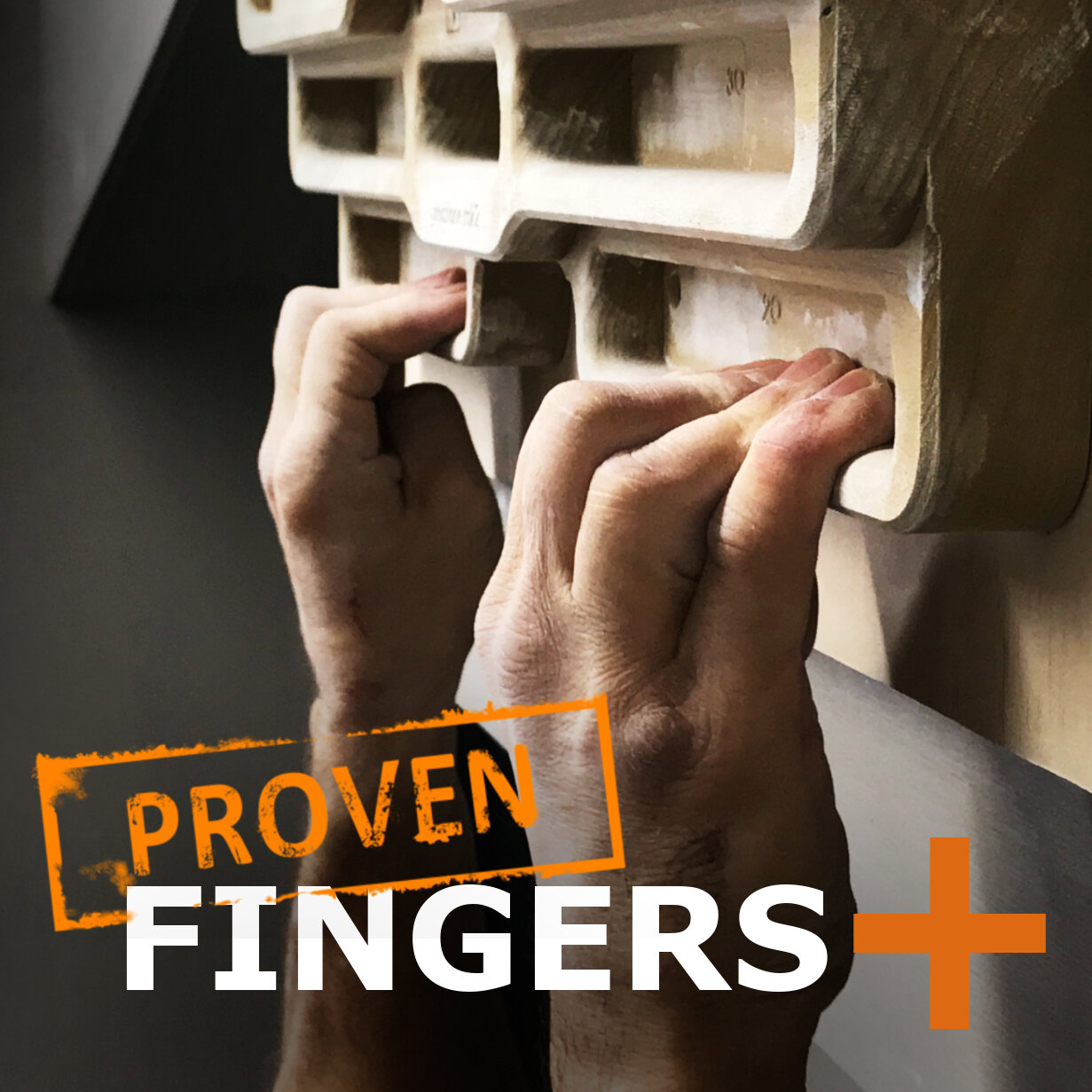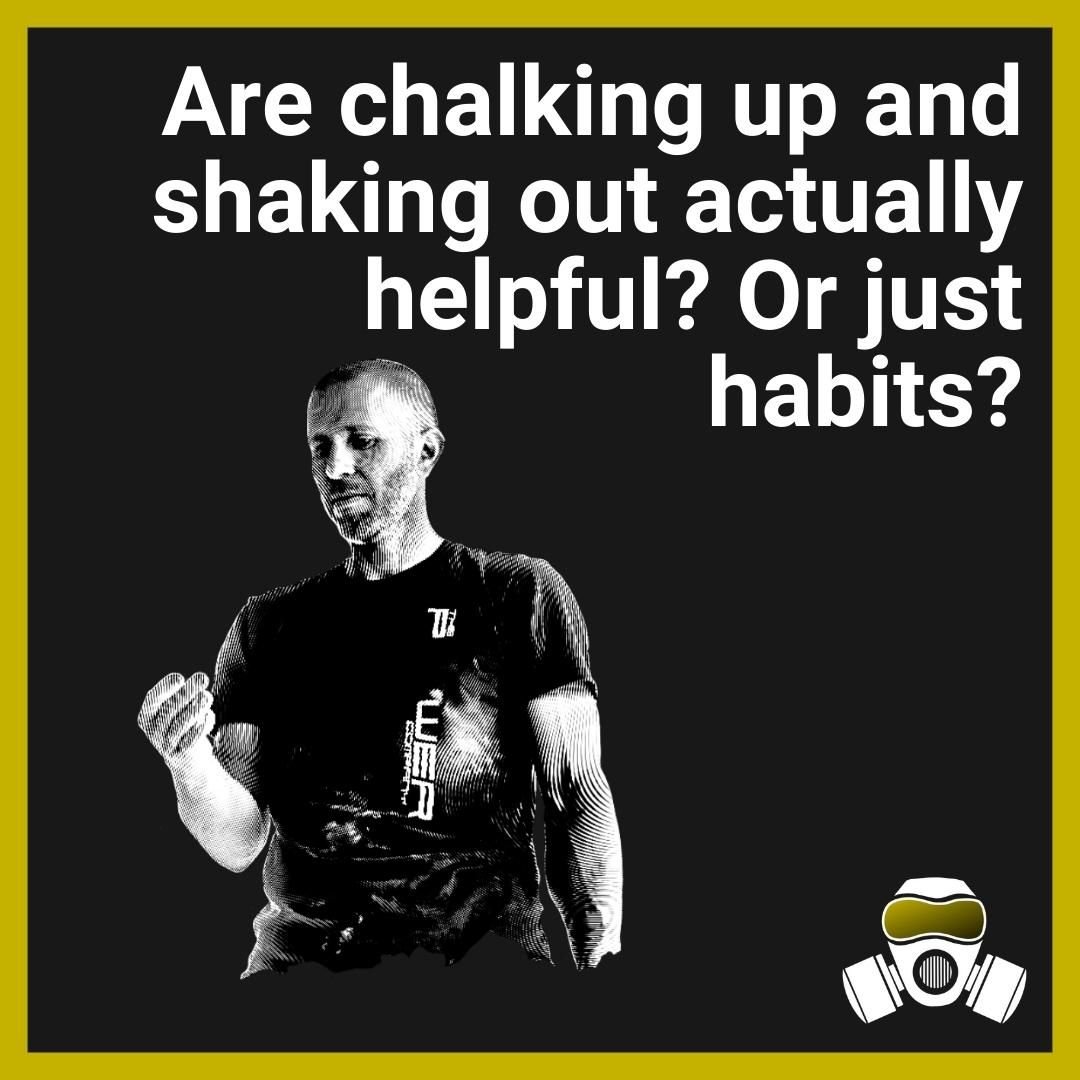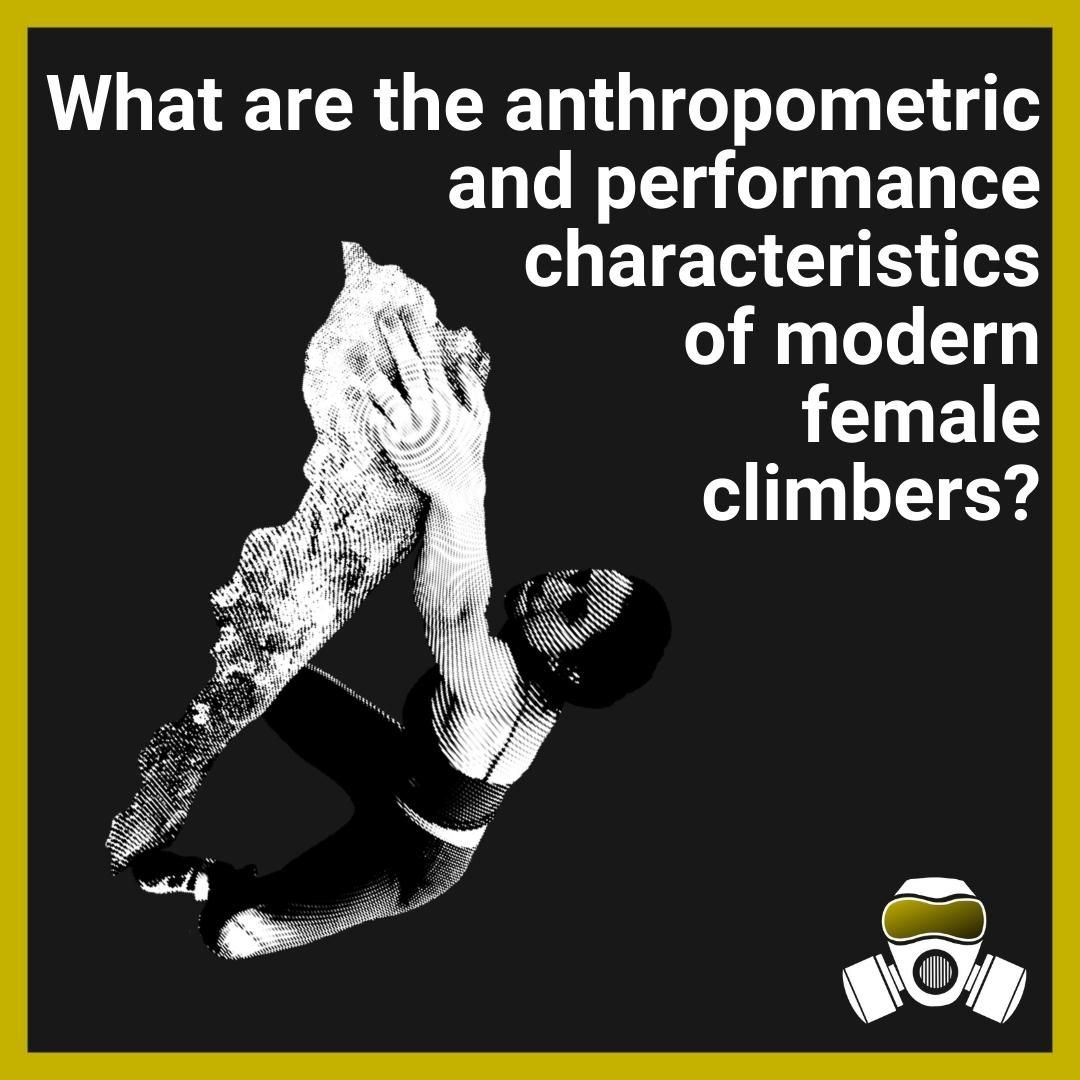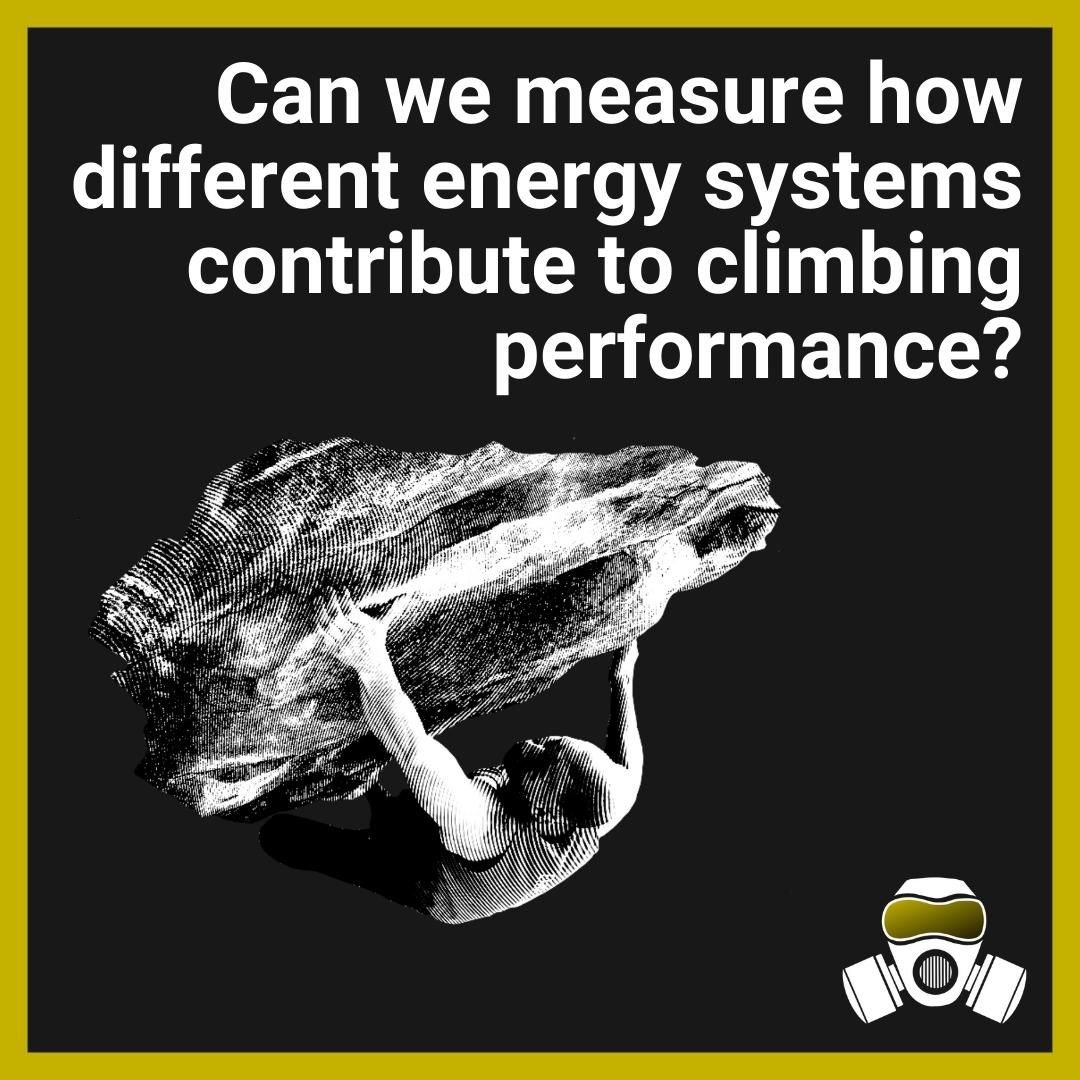How to Climb Harder: What the Data From Over 600 Climbers Tells Us
Before we even get started, let’s get something clear: data tells a small percentage of the story. Frankly, without context, the data tells even less of the story – and while we try to gain some of this (age, number of days outdoors, type of rock, etc.) when we collect these measurements, there is still precious little actual context. We don’t know how soon after injury these measurements were taken, or at what point in a climbing or training season, or if the climber was just having a bad day – or a particularly good one. These measurements could be from just coming back after having a baby, or while working a lot because of a new job. Weekend warrior vs. full time climber or onsighter vs. projecter can change the “level” that is assigned to a climber. A whole host of things can throw off the the numbers, not to mention how we perceive them when devoid of context.
Basically, be suspicious. Take it with a grain of salt. These and any numbers are just a small part of a much bigger, more complex human story.
Listen to the episode above to learn more about how we got into collecting climber metrics and what our data analyst, Dale Wilson, does behind the scenes (magic) to come to these conclusions.
Now with over 600 climbers in our dataset, we’re able to separate the numbers by male and female, giving everyone a better idea of how their measurements stack up against other climbers who are climbing at around the same grade. This sort of comparison CAN be challenging for some folks, but it can be motivating for others. Before you go further, understand where you stand in this spectrum, and proceed accordingly.
If you’re already aware that comparison is tough for you, and you choose to go further, it may help to keep in mind what we’ve already mentioned here – these measurements are only a tiny part of a much larger contextual story.
One of my favorite ways to see our data at work is via heat maps. Heat maps are a way of visualizing the relationship between two variables in two dimensional space while a third variable acts as a color scheme. In the heat maps below, we can see the relationship between two of our measurements: max hang and max weighted pull, and the grade climbed.
If we make the leap that a maximum weighted 10 second hang on a 20mm edge is somewhat representative of finger strength, and a maximum weighted one rep pull-up is a representation of pulling strength, then these heat maps show that a combination of finger strength and pulling strength can be important for climbing harder grades. I suspect that in most cases, we all understand this, but it’s nice to see the data agree. We should also recognize that this isn’t always the case. We do occasionally see some higher numbers with one or both measurements showing up relatively low.
Of course, if the climb is a slab and it’s all about balance, footwork, and belief – this all goes out the window.
Scroll through below to see sport and bouldering heatmaps, separated by gender.
Another easy way to visualize the data we have is by using boxplots. This method gives us a more complete view of the data that we have for a single measurement (which, remember, is in itself only a small part of the story). Below you can see four of our measurements (max hang, max weighted pull, max reps pull, and 7:3 repeater), separated by both gender (male and female) and climbing discipline (bouldering and sport climbing).
We have more than just these measurements, but these are the four from our data set that do a good job of separating the different levels of climber. Some others, like deadlifting and overhead pressing, don’t seem to do a good job of this separation. This doesn’t mean that general strength isn’t helpful or important – just that there isn’t a clear distinction between levels, and it might show up this way for many reasons. Deadlifting for climbers is relatively new and unspecific to climbing. If Chris Sharma has never deadlifted, his numbers might be lower than mine, even though he might show up as stronger if he had the deadlifting experience that I do. Comparatively, hanging on your fingers and doing a pull-up are things that most climbers are already well-versed in.
BOULDERING, MALE
BOULDERING, FEMALE
SPORT CLIMBING, MALE
SPORT CLIMBING, FEMALE
How to Use These Boxplots
First things first: we use these numbers as a way to generally gauge where a climber is and where we should invest our time going forward. If a climber has high max hang numbers, I make the assumption that their half-crimp doesn’t need much work and we can avoid spending time there. However, if they have a project that requires them to full crimp or to pull on 2-finger pockets, then we may still need to do some work on finger strength.
If they show up relatively low on the max hang charts, and they are climbing in an area like the Red River Gorge that doesn’t always require high finger strength, then we have to be careful not to focus all of our attention there. Yes, we’ll work on it, but not at the expense of improving movement quality and the skilled aspects of endurance climbing.
Here are some general guidelines to follow based on where you find your current measurements relative to the data at your goal grades:
Upper Whisker - You’re probably more than good on this measurement. Set this thing to maintenance and only do activities to develop this area every 7-10 days.
Box Beyond Median - You’re probably good on this variable for your goals. Do activities that develop this area once per week.
Box Below Median - Your current measurement might not hold you back from your goals... but a few weeks of working this variable 1-2x per week should bring you up a bit towards the median.
Lower Whisker - We talk about low-hanging fruit at Power Company a lot and this is what we’re talking about. If you’re here, you stand to make significant gains in this variable by training it 2-3x per week, early in your session, after a thorough warm up, and with 100% focus.
Upper Outlier Space - Either you haven’t been trying hard projects for a bit or you’ve been ignoring some other performance factor. Figure out what that is and don’t touch implements that work this system until you do.
Lower Outlier Space - Maybe you’ve never trained this variable in a structured and focused way. Maybe this variable makes a marked jump up from your current max grade to your goal grade. Either way there’s a clear path forward by working this variable 2-3x per week.
Frequent Problems and Pitfalls We Notice
Unrealistic Short-Term Goals - If you climbed 11c last year, don’t pick 13c as your immediate goal or what you’re comparing against. Training is not a short cut and you still have to do all the work, the falling, the suffering, and the not sending to get through those in-between grades.
Not Putting in Enough Time on the Wall – Do you find yourself with a bunch of measurements in the upper tail range? You’ve got the training bug. Knock it off and spend your time trying climbs at your goal grade to figure out what movement skills, mental aspects, tactics, or lifestyle factors are holding you back. Or hire a coach who can help you through this process.
Training for the Test - If you recognize that a measurement is lower than you’d like it, be sure not to get trapped into just trying to raise that number. Remember that the goal is to climb better and do harder things. While you should put some focus in this area, I’d advise not using the testing protocol in your training so that you reduce the learning effect. Put simply, if you want to use the 10 second max hang as a marker for your finger strength progress, don’t train for 10 seconds on a 20mm edge very often. Leave that for the measurements.
What Assessments Are and What They Aren’t
Remember: assessments don’t capture the whole picture of you as a climber. Not even close. They don’t capture all the physical aspects of climbing or even begin to address the mental, tactical, and movement skills required by the sport – not to mention the lifestyle and habits that contribute to climbing harder. When looking at these measurements, it’s important to keep the following things in mind:
A low number on your assessment is not barring you from climbing higher grades.
If you’re inspired by a V7 but your finger strength shows up in the low V5 range, you should still get on that V7. Just be sure to continue hangboarding and working those lower grade problems as well. Get your focus and consistency equal to the level of your ambitions. You’re nearly there, and leveling up on a few small things will make all the difference.
A high number on your assessment also does not entitle you to higher grades.
Are your measurements high relative to your goal grades? Good work! Now get over it and figure out why you haven’t climbed that grade yet. Your max hang number is not going to prepare you for that sandy HP40 mantle that threatens to spit you off and flip you over, leaving your chin bruised, your hamstring sore, your forearms scraped, and your ego in tatters.
For all levels of climber, focused on finger strength and climbing specific body strength (pulling and hips) using your choice of strength training implements - or even bodyweight only. Includes access to coach-moderated group chat. Click for more info.
**1-on-1 coaching not available for this program.
































Climber performance metrics only tell a small part of a much more complex human story.